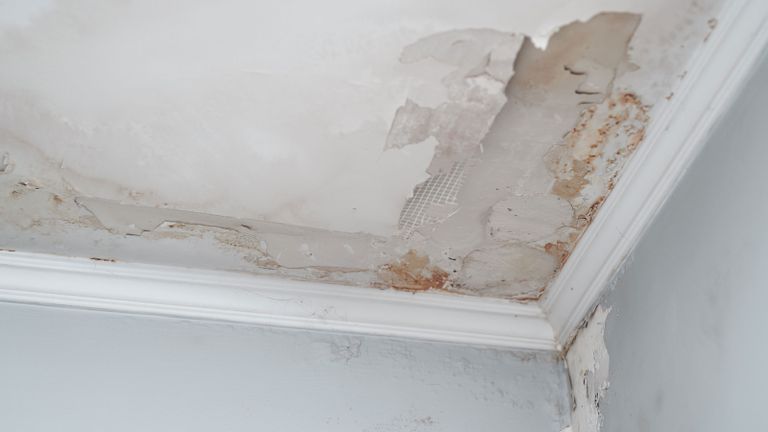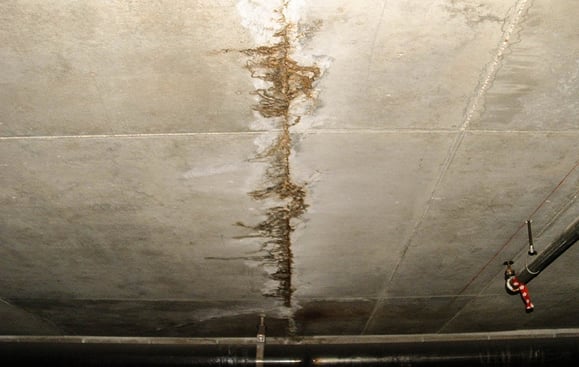Do's as well as Don'ts During Water Damages Emergency Situations.
Do's as well as Don'ts During Water Damages Emergency Situations.
Blog Article
The publisher is making a few good pointers on How To Prevent Fire And Water From Ruining Your Holiday Season overall in this post further down.

Though water gives life, water breach on parts where it's not supposed to be can cause damage. It can peel off away surfaces as well as wear down the foundation if the water soaks right into your framework. Mold and mildew and mildew likewise prosper in a wet environment, which can be hazardous for your health and wellness. Houses with water damages scent stuffy as well as old.
Water can originate from lots of sources such as typhoons, floodings, burst pipelines, leaks, and sewer issues. In case you experience water damages, it would certainly be good to know some safety preventative measures. Here are a couple of standards on how to handle water damage.
Do Prioritize Home Insurance Coverage Protection
Water damage from flooding as a result of hefty winds is seasonal. You can likewise experience a sudden flooding when a faulty pipeline all of a sudden bursts right into your house. It would be best to have residence insurance coverage that covers both acts of God such as natural disasters, and emergencies like damaged plumbing.
Do Not Forget to Turn Off Utilities
In case of a calamity, particularly if you reside in a flood-prone area, it would be advisable to shut off the main electrical circuit. This removes power to your whole house, avoiding electrical shocks when water can be found in as it is a conductor. Furthermore, do not neglect to switch off the major water line shutoff. Furniture will certainly move around as well as cause damages when floodwaters are high. Having the major valve turned off prevents more damage.
Do Keep Proactive and Heed Weather Condition Signals
Pay attention to discharge cautions if you live near a lake, creek, or river . Doing so decreases possible property damage.
Don't Ignore the Roofing System
You can stay clear of rainfall damages if there are no openings as well as leaks in your roofing system. This will prevent water from flowing down your wall surfaces and also soaking your ceiling.
Do Focus On Small Leaks
A ruptured pipeline does not take place over night. You may observe gurgling paint, peeling off wallpaper, water touches, water spots, or dripping noises behind the walls. Have your plumbing repaired prior to it results in massive damages.
Do Not Panic in Case of a Burst Pipeline
Keeping your clearheadedness is essential in a time of crisis. Since it will stifle you from acting quick, worrying will just worsen the issue. When it pertains to water damage, timing is key. The longer you wait, the more damages you can anticipate. Thus, if a pipeline bursts in your house, instantly shut off your primary water valve to remove the source. Then disconnect all electric outlets in the area or shut off the breaker for that part of your house. Lastly, call a respectable water damages repair professional for assistance.
Water offers life, water breach on components where it's not meant to be can result in damage. Houses with water damage scent old and also moldy.
Water damages from flooding dues to hefty winds is seasonal. You may notice gurgling paint, peeling wallpaper, water streaks, water stains, or trickling sounds behind the wall surfaces. When it comes to water damage, timing is crucial.
Some Do's & Don't When Dealing with a Water Damage
DO:
Make sure the water source has been eliminated. Contact a plumber if needed. Turn off circuit breakers supplying electricity to wet areas and unplug any electronics that are on wet carpet or surfaces Remove small furniture items Remove as much excess water as possible by mopping or blotting; Use WHITE towels to blot wet carpeting Wipe water from wooden furniture after removing anything on it Remove and prop up wet upholstery cushions for even drying (check for any bleeding) Pin up curtains or furniture skirts if needed Place aluminum foil, saucers or wood blocks between furniture legs and wet carpet Turn on air conditioning for maximum drying in winter and open windows in the summer Open any drawers and cabinets affected for complete drying but do not force them open Remove any valuable art objects or paintings to a safe, dry place Open any suitcases or luggage that may have been affected to dry, preferably in sunlight Hang any fur or leather goods to dry at room temperature Punch small holes in sagging ceilings to relieve trapped water (don't forget to place pans beneath!); however, if the ceiling is sagging extremely low, stay out of the room and we'll take care of it DO NOT:
Leave wet fabrics in place; dry them as soon as possible Leave books, magazines or any other colored items on wet carpets or floor Use your household vacuum to remove water Use TV's or other electronics/appliances while standing on wet carpets or floors; especially not on wet concrete floors Turn on ceiling fixtures if the ceiling is wet Turn your heat up, unless instructed otherwise

Do you appreciate reading about Ways to Reduce The Risk Of Fire And Water Damage? Give feedback directly below. We'd be pleased to find out your reactions about this blog posting. We hope that you come back again in the near future. Do you know another individual who is interested by the topic? Be sure share it. Thank-you for taking the time to read it.
Report this page